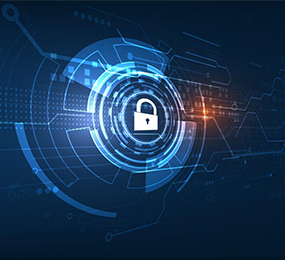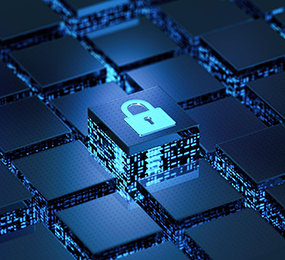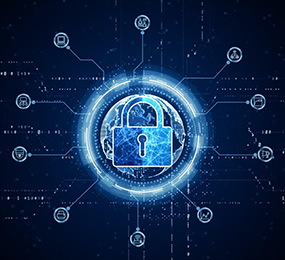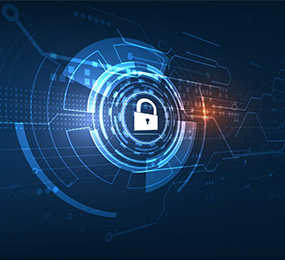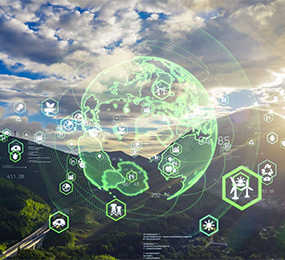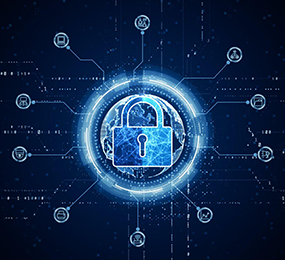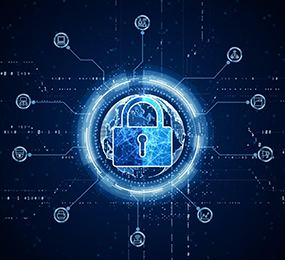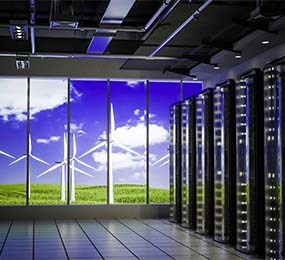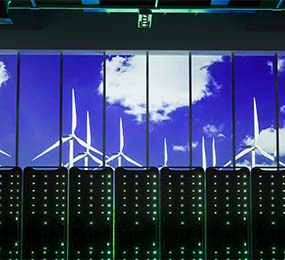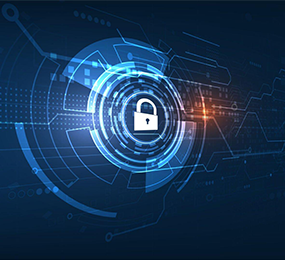Rethinking Renewable Energy Cybersecurity in a Connected World
With the globe swiftly moving toward ever-growing connectedness, cyberattacks are rising in both frequency and intensity. In the energy business, escalating dangers from highly developed malicious software, as well as inflicted financial losses and destroyed assets, are particularly significant.
The cyberthreat is significant not just because of potential devastation, but also because of its unpredictability. As governments throughout the world attempt to incorporate more renewable energy into their energy mix, and as their reliance on renewable energy grows, cybersecurity has become critical.
Renewable energy technologies are more sensitive to cyberattacks, which can be readily exploited if essential precautions are not followed. There are two types of security concerns for renewable energy: physical and cyber.
A well-planned hack aimed at causing a large-scale grid blackout might cause physical harm to the project's assets as well as impede project finance.
Future electrical market structure projections
Six major structural changes boost renewables directly:
1. Increased grid capacity and cross-border connections;
2. Cost-reflective, transparent, and linked markets with gate closure periods reflecting the system's technical and economic demands; and
3. Increased use of effective demand-side response mechanisms.
4. The installation of more flexible generating capacity, including hydro-power and biomass, as capacity reserves, as well as increased efforts to reduce the costs of novel storage solutions in order to broaden the number of strategic options;
5. A mix of different renewable energy technologies, taking advantage of different natural cycles and thus reducing volatility and uncertainty; and
6. Improved forecasting and modeling of natural fluctuations, as well as increased use of communication technologies.
To maintain a safe environment for increasing renewable energy capability, IT managers and cybersecurity specialists throughout the world have begun to recognize the necessity for sophisticated Internet connectivity, continual improvement of hardware and software applications, and proper human training.
Only by raising awareness of such assaults and providing suitably educated employees will it be feasible to prevent or at least reduce the hazards connected with cyberattacks.
Because of the extraordinary surge in cyberattacks throughout the world, the most important mitigation strategy that each firm can adopt is a regular upgrade of its IT infrastructure. Current security measures may quickly become ineffective since the most recent technology may be surpassed and become insufficient and outdated when new capacity and features are released.
Because renewable energy infrastructure and software applications are vulnerable to destructive cyberattacks, essential infrastructure and computer systems must be safeguarded from any hostile cyber incursion to assure the operation's continuity.
The advantages of renewable energy generation in terms of security
1. The impacts of a country's renewable energy generating facilities on fossil fuel consumption are defined by infrastructure and generation technology features, depending on electricity market circumstances. As a result, the effects of energy security must be analyzed by technology and by nation.
2. Electricity generation from renewables is frequently already competitive with generation from conventional power plants to the midpoint of cost ranges at present fossil fuel prices in the case of hydro, wind, biomass, and geothermal. By promoting collective market learning, targeted and suitable investments can help lower technology costs.
3. Renewables can lower electricity generation's sensitivity to price risk. Price volatility caused by fluctuations in fuel costs can be decreased, affecting the risk structure of generating portfolios. This impact benefits renewables and boosts their competitiveness.
4. Because of their distributed nature, renewable energy sources can help to security against terrorism, sabotage, and isolated natural catastrophes.
5. A careful examination of the impact of large-scale adoption of variable renewables in a power system is necessary. Depending on the available capacity balance and system connection, investment in backup capacity and strategies to improve demand side responsiveness may be required.
6. Depending on how much a variable dominates a power network, they are most likely to disrupt traditional base-load generating technologies such as coal, nuclear, and natural gas.
7. Renewables' positive effects on selected energy security indicators may include: - Diversification of energy sources in energy supply: renewables can contribute to portfolio diversification, especially because their risk structure is not related to fossil fuel supply risks, and they can reduce the variability of generation costs.
Join like-minded colleagues at this 2-day event to hear how prominent businesses in the renewable energy sector have been able to remain resilient, invest in the correct technology, and persuade their stakeholders that it is worthwhile to prioritize cyber security.
Visit our website to know more: https://bit.ly/3V0WLbF
For more information and group participation, contact us: [email protected]
Leadvent Group - Industry Leading Events for Business Leaders!


